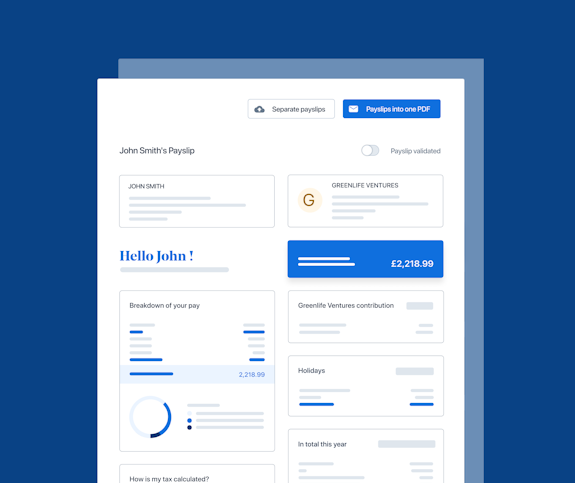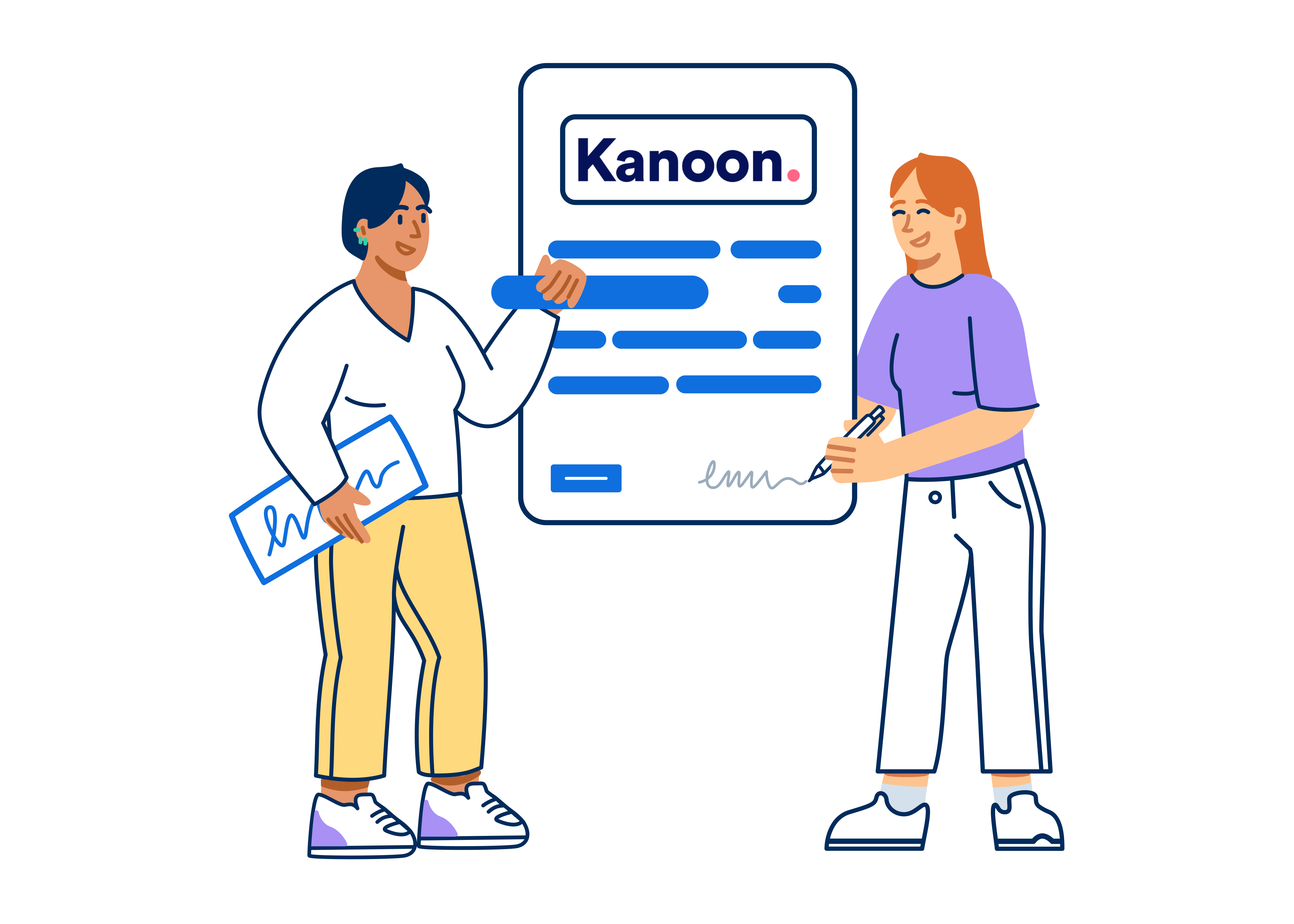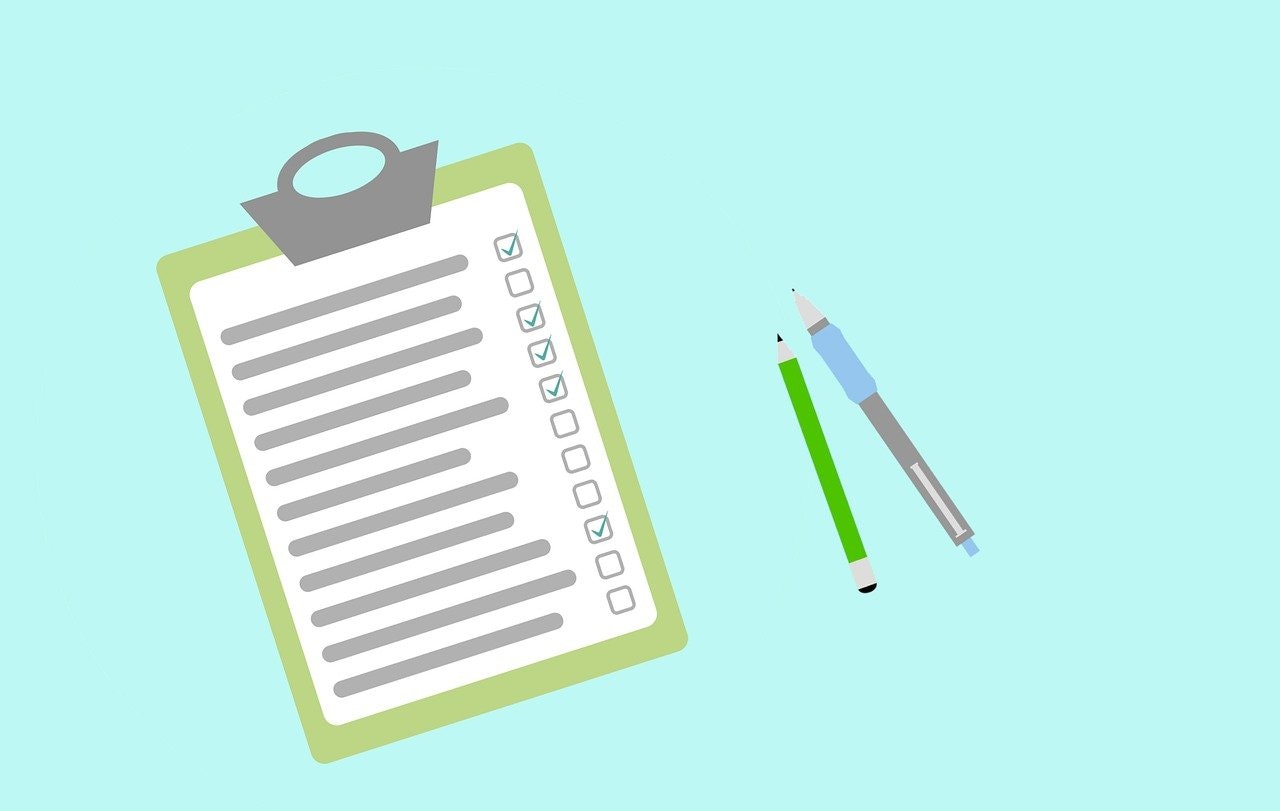- Blog
- |Managing Payroll
- >Payroll
- >Payroll automation
An Introduction to Payroll Automation


You don’t need us to tell you that payroll is an essential, core part of every business, whether large or small. Employees expect to be paid accurately and on time. And for those in finance and HR running payroll, all relevant information and payments must be submitted to HMRC promptly. In addition, the cost and time drain of running payroll can be high, with the processes involved taking time and effort to learn. For these reasons, businesses are increasingly using payroll automation to streamline their operations, reduce inefficiencies and save time for other tasks.
In this introduction to payroll automation, we’ll look at the systems and processes associated with automated payroll software. We’ll cover the tasks that can typically be automated and those that can’t, the advantages of payroll automation and how this compares with a manual setup, as well as the steps businesses can take to audit their current processes and make improvements.
What is an automated payroll system?
Simply put, an automated payroll system is a piece of software or technology that automates a number of the processes associated with payroll. These processes could include paying employees, submitting information and payments to HMRC, generating reports and calculating pension contributions.
Under a traditional setup, a business (or, more commonly, its accountants) would manually perform these tasks, often using information manually inputted and updated on a spreadsheet in order to undertake them all individually.
With payroll automation software, businesses can more easily get the data set up and uploaded into one centralised cloud-based platform. The payroll software can then take this information and perform all associated payroll tasks automatically (or with a matter of clicks), not to mention storing this data securely.
What are the common features of an automated payroll system?
Every provider offers different features based on the capability of its associated platform; however, core automated payroll software functionality usually centres on the automation or streamlining of several HR and finance-related topics. These are:
Running payroll - paying staff periodically, for example, monthly, bi-weekly, weekly etc.
Submitting RTI (real-time information) and payments to HMRC - information about tax and other deductions sent to HMRC by an employer, then used to calculate how much is owed for each period.
Managing leave and absences - including annual, parental, sick and compassionate leave, amongst other types of leave.
Expense management - managing employee expense requests and updating payslips / periodic wages accordingly.
Performance management - organising 1-2-1s, employee review and feedback campaigns.
Reporting - insight based on data from the payroll software, such as payroll journals, payslip breakdowns, pension contributions across an organisation and more.
Other associated features that providers incorporate into their payroll automation offerings include the ability to award backdated pay, rework payslips, utilise multiple different payment methods (e.g., BACS, CHAPS, pay on demand etc.), and manage off-payroll workers.
Automated payroll software can take these traditionally time-consuming tasks and make them happen automatically or within minutes using a few clicks. The biggest USPs of payroll software are that it eliminates mistakes and drastically reduces the time drain on HR and finance teams each month.
In order to find the features that will work best for your business, we recommend taking a look at our payroll software guide.
Which processes are typically automated by payroll software?
Many different business functions and processes can be assisted by an automated payroll system, not just payroll. Obviously, not everything can be automated - for example, new starters will need to be added manually into the system, and their details will need to be updated should salaries, bonuses and annual leave entitlement change. However, pretty much everything else can be calculated and performed automatically.
A key component of the ‘automated’ aspect of payroll software is pay calculations. Once certain elements are added into the system, pension contributions, income tax, National Insurance and other deductions such as student loan repayments are calculated automatically pre-payday. And if the payroll automation software in question includes an expenses management module, then any expenses claimed can be pulled across to the employee’s payslip and automatically included within that payment run as well. Most importantly, automated payroll software will automatically pay employees on the specified day, meaning late payments become a thing of the past.
Another headache for HR and finance teams is the submission of RTI (real-time information) to HMRC for regulatory purposes. This has traditionally required manually collecting all employee payment data (again, using a spreadsheet) to calculate how much must be paid. Indeed, remembering to submit the information and payments manually on a given day each month adds an additional layer of unnecessary stress. Many automated payroll system providers factor this into their platforms, with the process of calculating any amounts due and payments to HMRC being taken care of automatically. That’s another headache resolved!
What are the advantages of payroll automation?
By now, you should be starting to see how automated payroll systems can save businesses time and stress, not to mention the other benefits already alluded to. Indeed, the Global Payroll Management Institute has classified payroll automation as being critical to a business growth strategy. Let’s consolidate and expand upon the benefits now.
Greater efficiency
Managing payroll and all of the tasks that come with it by hand requires a lot of time and people power. Payroll automation, and its ability to calculate and process many of those elements automatically, drastically streamlines the function and reduce the time taken.
Fewer mistakes
Everybody makes mistakes, and the risk of errors is increased with vast and varied datasets requiring constant manual calculations. Using automated payroll software eliminates this from the equation, using advanced technology to calculate everything based on a small initial dataset entered into the platform. Plus, many providers offer variance reports highlighting errors early, allowing them to be quickly resolved ahead of pay runs or the deadline for submitting information and sending payments to HMRC.
Timely, accurate pay
A legacy approach dictates that your accountant or payroll team pay employees manually by BACS. Around 20% of British workers surveyed in a recent CIPP initiative reported having left a job due to being paid late or inaccurately. Again, the risk of this increases completely with manual processes. Payroll automation, by its very nature, ensures that employees are paid each time on the specified day and that the amount will be accurate as all deductions and additions are calculated automatically.
Automated regulatory compliance
Automation ensures that RTI submissions and payments are made to HMRC on a specific day each month, meaning that teams don’t have to worry about doing it manually or incorrectly. This ensures regulatory compliance and reduces the risk of penalties for late payments.
Greater visibility over data
The ability of payroll software to take any information it holds and create a report in seconds allows HR and finance teams an unprecedented level of insight and visibility over financial and employee data. With a legacy approach, or when a business utilises an accountant, this becomes very difficult and time-consuming, often with a lot of back and forth to get the required information.
Improved strategic thinking
Having this level of data insight gives managers the power to make sound business decisions. Additionally, by freeing up days of time each month, automated payroll software allows managers the time to focus on more strategic, longer-term initiatives around recruitment, training and growth.
Gives power to your employees
Most payroll automation software gives employees their own logins, enabling them to access information such as payslips, annual leave entitlements and performance reviews without having to ask somebody else for it. This reduces the burden on management and gives power to your people, creating a level of mutual trust across an organisation that can improve well-being and performance.
What steps should a business take towards automating its payroll processes?
The first step in any move towards automation is to audit your current processes. This will help you to spot any weaknesses or blind spots with your payroll and to identify the common places where errors or challenges are occurring. Automated software providers will be happy to provide a demo of the platform based on these pain points and show you how the software will help to resolve them.
Come and hear about what the future holds for the finance function with our upcoming webinar on the digitisation of finance, where we’ll further examine the power of payroll automation.


A UK 4-Day Working Week - Thoughts On Labour’s Plan

Running payroll - A Guide For New Businesses

The Alabaster Ruling & Maternity Pay - A Guide For Employers

The End Of Zero Hours Contracts? Implications For Businesses

What is the HM Revenue and Customs Starter Checklist

